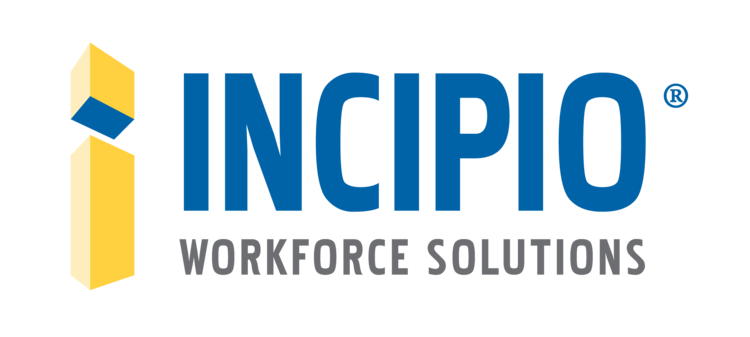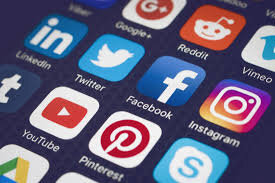Goal Setting: Starting Your 2021 Out Right!
I’ve heard a lot of people say, “I can’t wait for 2020 to be over!” That’s certainly a common opinion. But here’s the thing – I don’t think anything is going to miraculously change just because the calendar now says 2021. This “new normal” may last for another six months or more. So instead, I prefer to look back at 2020 and think about what we learned and how we can turn that into action in the New Year.
By looking at the positive, I can appreciate some aspects of 2020. For one thing, I think we learned how to be flexible. After all, in many cases we had to do a complete 180 overnight! I had to cancel some thirty trips and I love to travel. Was it fun not being with family? No! But in the positive, I didn’t experience the “overwhelming type of busy” as in the past. From a business perspective, 2020 gave me the gift of time while it also helped me focus and ensure we stayed aligned to our goals.
In 2020, we also importantly devoted time to thinking about how we could better function as a team. Since people were no longer in their office right down the hall, we developed new ways to stay in touch and even grow. As I mentioned in a previous blog, many companies realized the six-month or yearly performance review no longer was effective. Those systems were replaced with much better ways of setting goals and tracking effectiveness on both a personal and professional level.
So instead of being excited that 2020 is finally over, I say look back and try to find something positive. Hey, we’re still here – making an impact and collecting revenue. And that is something to celebrate!


















